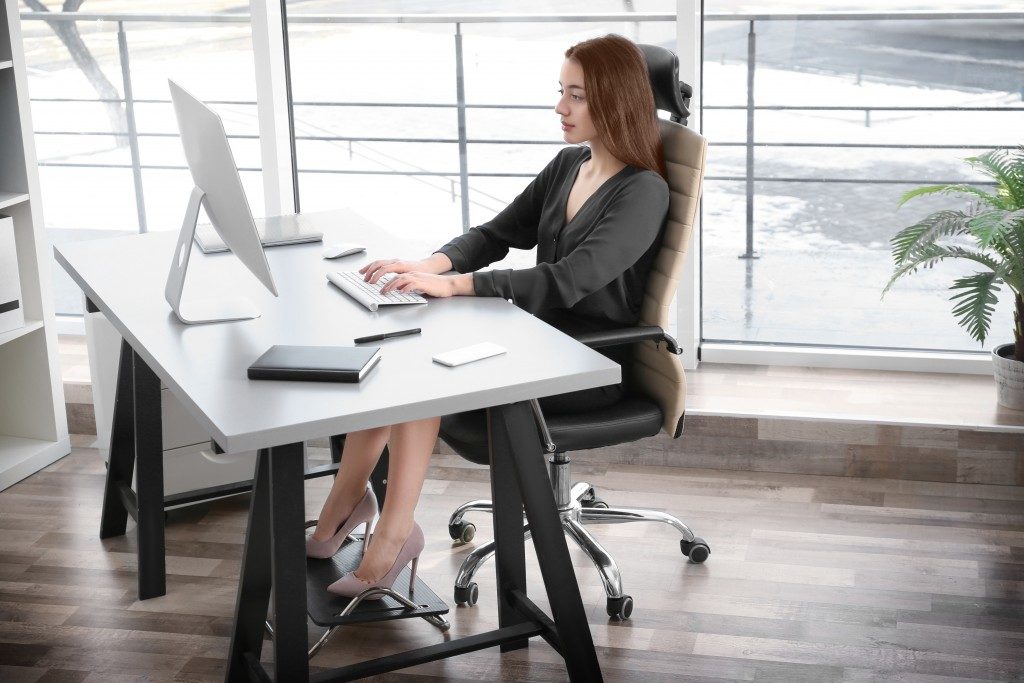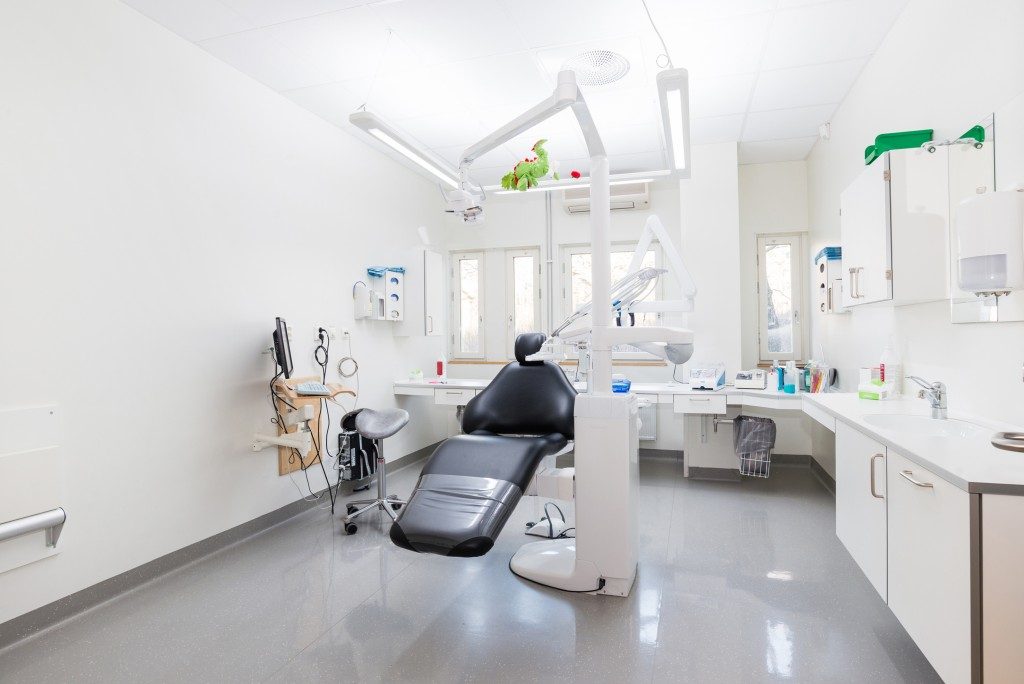Do you slouch when you sit in your chair, hunch your shoulder so you can access the keyboard, or crane your neck constantly when looking at the computer monitor? If you answered yes and you do these seemingly harmless things regularly during your work hours, don’t be surprised if you develop neck and/or back pain. Don’t fret, a simple and easy redesign of your workspace based on ergonomic principles will help you reduce or prevent neck and back pain.
Your Desk Setup
When looking at desk systems to buy, you need to consider some vital things. Generally speaking, the desk surface must be around elbow height and shouldn’t be too low or high since this could lead you to overstretch your arms or hunch your shoulders that will turn cause you pain. You must likewise select a desk that offers ample legroom. When setting up your keyword, position it at about 90o so that your elbows and shoulders are relaxed as you work. Placing the keyboard too high up will lead you to shrug your shoulders, strain your muscles, and result in back pain. As the day goes by, your shoulders won’t be able to effectively handle the strain and protect your spine since they will be too tired because of the constant contraction. With that said, make sure to place the keyboard an inch or two above your thighs.
Modifying Your Office Chair
Your office chair is vital to prevent back pain so it should be capable of fully supporting your back. To do this, ensure that your backrest supports your lower back. Use a lumbar pad or rolled towel if you need extra support. When sitting, the backs of your knees shouldn’t touch the seat’s edge. In addition, you have to adjust the chair’s height so that your knees are positioned at an angle of 90o, your thighs are parallel to the floor, and you can rest your feet flat on the floor.
Adjusting Your Monitor

To avoid shoulder and neck pain, you have to place your monitor strategically. For starters, your monitor should be approximately an arm’s length away from you because you will have to continually lean forward if it’s too far or crane your neck if it’s too near. Your monitor should be directly in your line of sight so that your face, torso, and neck will face the same direction. Likewise, to ensure that you sit straight as you focus on the monitor, the topmost portion of the screen must be directly at eye level, while the center portion must be 15o and 20o below eye level. Lastly, to avoid craning your neck as you battle with glare from lights above your workspace, make sure that your monitor is tilted back about 15o or so.
Done right, these simple modifications to your workspace will help keep neck, shoulder, and back pain at bay. Don’t forget to shift your weight around in your chair as you work and take short walking breaks every so often so you can stretch out your muscles and reduce the strain on them.




